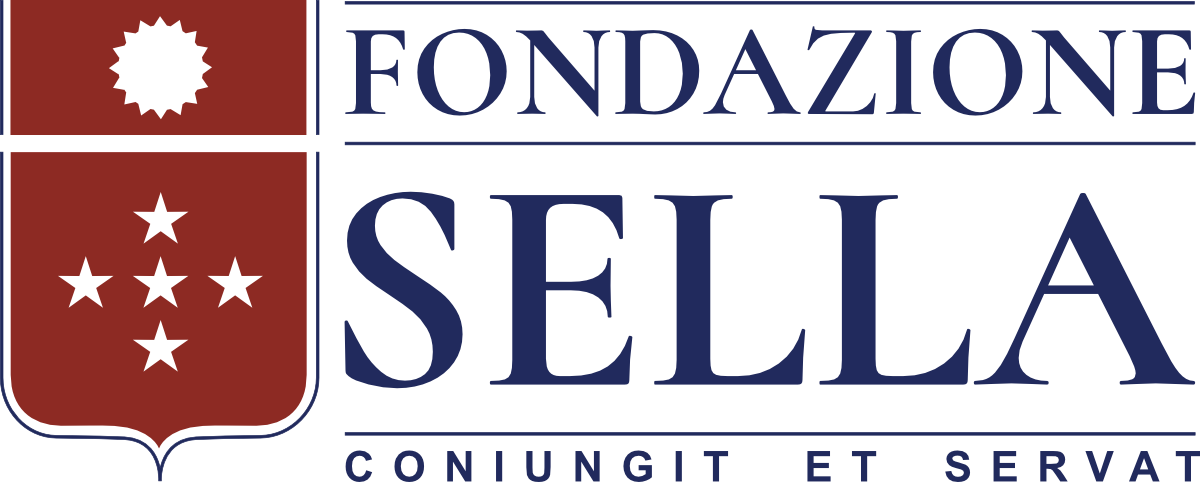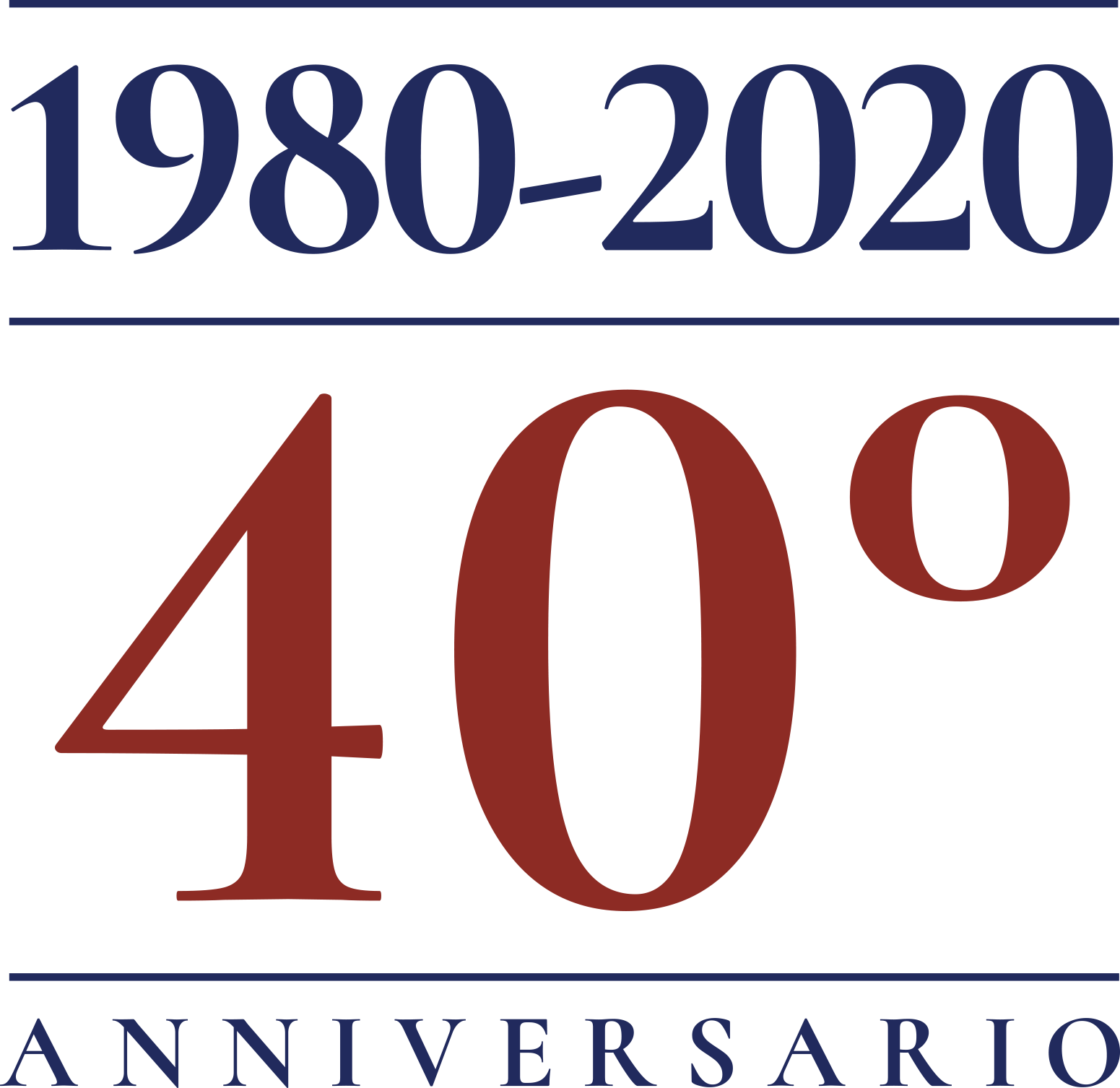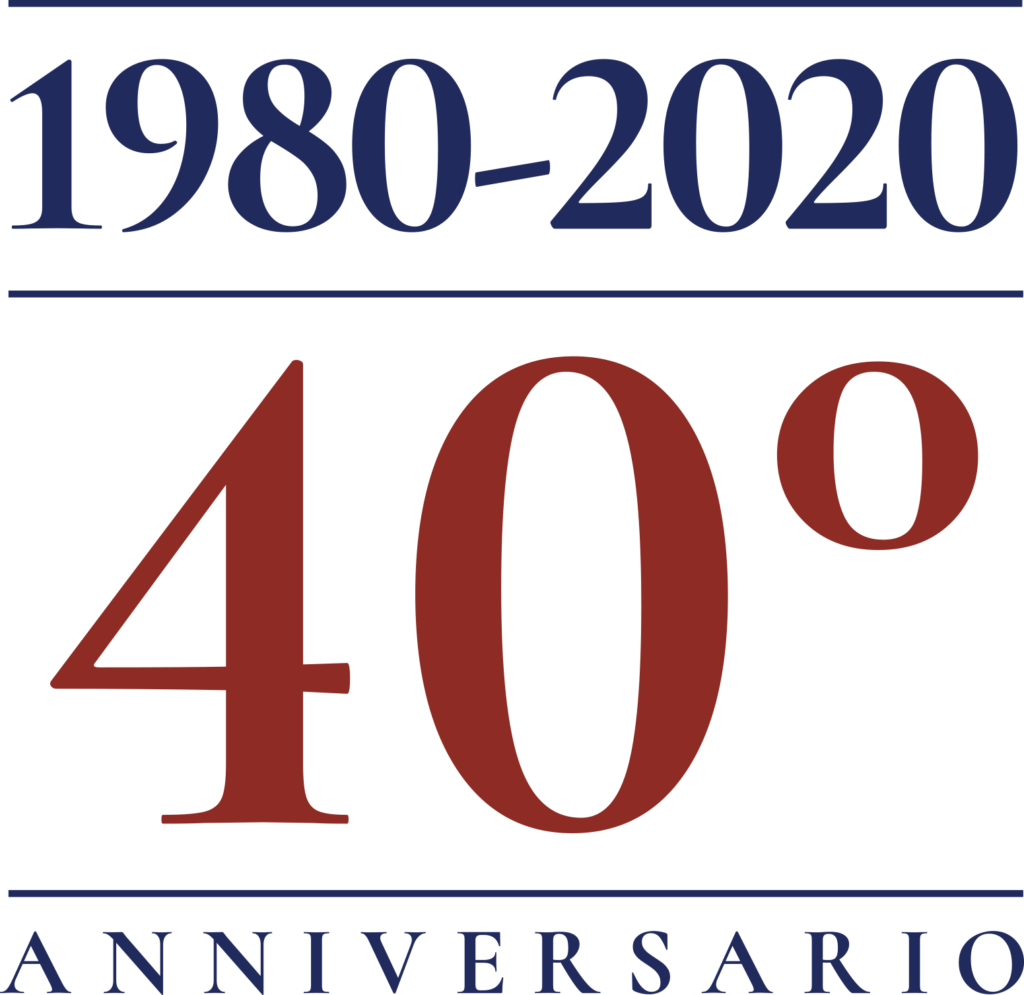MAURIZIO SELLA WOOLMILL
The headquarters of the Sella Foundation are situated on the left bank of the river Cervo in the architectural complex which has retained the name of the industry operating there until the middle of the last century, the Maurizio Sella Woolmill.
Extending over an area of approximately 20,000 square metres the wool mill is home to various enterprises: as well as the Sella Foundation and its archives several operative sections of the Banca Sella Group are located here (the Data Processing Centre, the Company University, the Auditorium, the Sella Lab, the Open Bank) and the Fab Lab, centre of “artisan IT”).
Owned by the Banca Sella Group the premises have been conservatively restored over the years and are gradually becoming the headquarters of a complex organisation united by a single theme linking history and tradition and whose doors are open to the future and innovation.
History
The proto-industrial business on the banks of the river Cervo began a long time ago. The first existing document dates back to Carolingian times: this is an infeudation act relating to the city of Biella and its territory- which also mentions water rights- by two sons of Charlemagne, Lotario and Ludovico l Pio, in favour of Count Bosone (the act is conserved today in the State Archives of Parma). There is also a parchment of 1260 where a mill is first mentioned, referred to again in later documents of the fourteenth and fifteenth centuries. Documents in the archives of the Sella Foundation dating from the middle of the sixteenth century indicate the high concentration of businesses using water power in the area occupied by the Maurizio Sella Woolmill and enable us to reconstruct the history. In 1548 a first mention is made of the paper mill which belonged to the Mondella Barons until 1795 and then operated under different ownership until 1846. It was located in a building that is still standing today. A document of 1659 refers to the existence of a “pista di canapa” (a place containing a millstone where hemp was trodden in order to make fabrics and ropes) and of a “foundry”. Between the the end of the seventeenth century and the early eighteenth century the Congregation of the Sacro Monte of Oropa installed there a “Tree of virtue with annexed silk spinner and wool mill” in order to provide work for disadvantaged young people, and a chapel dedicated to Saint Job, protector of silk weavers.
Following the mechanization of wool spinning – the first machinery was imported from abroad into the Biellese area in 1817 by Pietro Sella- Maurizio Sella, searching for the waterfalls necessary for its operation, bought the premises in 1835 from the Congregation of Oropa and transferred his business there from the Upper Valley Mosso. Over the following years he extended his property with the purchase of the former Mondella paper mill and its water rights. Maurizio Sella and his wife Rosa Sella had twenty children, four of whom carried on the business: Gaudenzio, Francesco, Giuseppe Venanzio and Quintino (who was known especially as a statesman and scientist). The company experienced considerable growth involving further architectural extensions, such as the construction of a large building with several floors in “Manchester” style in 1865. Following the definitive adoption of the mechanical loom, the workers who had used the manual looms were replaced by female staff and revolts ensued. The Maurizio Sella Woolmill found itself at the centre of the tensions which exploded between workers and entrepreneurs, resulting in the strikes of 1877/78.
In 1865 the Sella family acquired the adjacent property of the San Gerolamo monastery and some of the family members went to live there, thus transforming it into a residential area. A further enterprise of the family, in the next generation, – that of the sons of Quintino and Giuseppe Venanzio – was the establishment of one of the first combed spinning mills which, with the addition of new partners, became the Tollegno Spinning Mill in 1900. Together with other companies the woolmill formed the “Society of manufacturers of wool cloth and spinners of the Biella area” and in 1877 was instrumental in promoting the “Association of the Italian Wool Industry”, the first national association of its category.
In 1886 the woolmill and its partners in an individual capacity founded the bank called “Gaudenzio Sella and co.” which later became “Banca Sella”.
In the early twentieth century the woolmill began to produce electricity derived from the waterfalls and this was used alongside the previous and more expensive sources of energy: hydraulic and thermal from steam boilers. After the First World War a hydro-electric power plant was built in the village of Balma in the upper Valley Cervo. The production of electricity was hived off in 1934 with the construction of the Maurizio Sella Hydroelectric Company whose production was transferred to ENEL in 1863, following the nationalization of the sector.
The textile business of the Maurizio Sella Woolmill ceased at the beginning of the Sixties and the various departments were let out to small firms, one of which remained in operation until the end of the twentieth century. In 1998 the complex, including the garden and the stream, was bought by Banca Sella. In 1988 it had been declared “of outstanding interest” by the Ministry of Cultural and Environmental Heritage, in accordance with Law no. 1089 of 1st June 1939 to safeguard objects of artistic and historic interest. The following reasons were given: “(…) This is a series of buildings and structures, tracing the process of industrial development from the first uses of the river and the mill to the later paper mill of 1548 and finally to its use in the weaving industry, whose stages of development are revealed in the different uses of the buildings from 1695 until today. Also of historical interest is the close connection between this property and the figure of Quintino Sella, whose work as deputy and politician, economist and researcher played an important role in the process of creating the Italian State, and cannot be fully understood without knowledge of the family environment in which he lived and the development of these premises”.
At the entrance of the woolmill two stones are visible on the façade: the first in green stone, laid by the Congregation of the Sacro Monte of Oropa in memory of the erection in 1695 of the “Tree of Virtue” with its silk and wool trade, bears an inscription in Latin and is translated here: “The illustrious and most Reverend Congregation of the Sacro Monte of Oropa, under the auspices of the Virgin Mother of God decreed the erection of this building for public use and amidst the joy of the people and of the Sacro Monte. The the first stone was laid by the illustrious Seigneur Don Ottavio Nicolò Gromo of Ternengo Count of Ternengo, Muzzano, Buronzo, Balocco, Bastia, Conseigneur of Quaregna and Cerretto, Knight of saints Maurizio and Lazzaro, Gentleman of the Chamber of his Royal Highness the Duke of Savoy, in the year of our Lord… (1695)”.
The second, in white marble, was laid after the sojourn of Umberto I from 28 to 31 August 1880 at the Sella house in San Gerolamo, and his visit to Rosa Sella, mother of Quintino, at the woolmill. The stone, describing the work carried out there thanks to the power supplied by the water, effectively sums up the history of these ancient buildings and recalls the part played by the ruling sovereigns in fostering the development of the manufacturing industry. It bears the Latin inscription translated here: “Here where ingenuity channeled the powerful flow of water, first enabling mills to grind wheat, then to make paper, weave silk, beat iron, and now to manufacture wool, the Royal Princes of the House of Savoy Emanuele Filiberto Duke of Savoy in the year 1561, Amedeo Duke of Aosta in the year 1864, Umberto King of Italy in the year 1880 with his brother Amedeo, sister Clotilde, brother-in-law Gerolamo Napoleone with Vittorio and Luigi, sons of his sister, in their presence and with expressions of pleasure praised the industrious enterprises undertaken for the benefit of the citizens. Quintino Sella with his sons Alessandro, Corradino, Alfonso and Carlo, Vittorio, Gaudenzio, Erminio, his brother’s sons, have hereby immortalised the interest of the Princes in the progress of the nation in the useful arts”.


